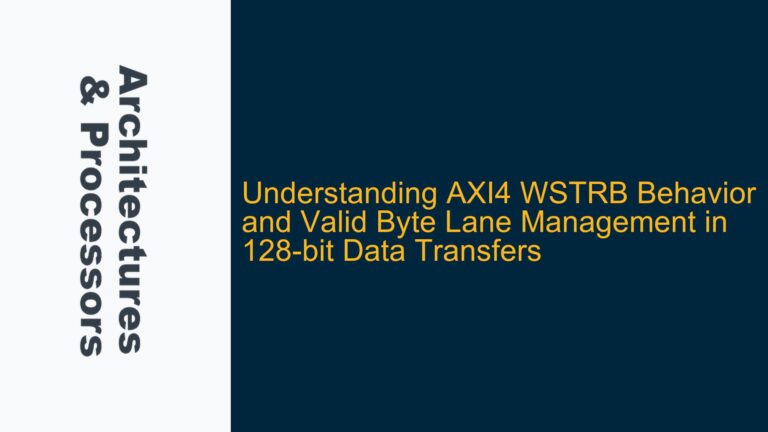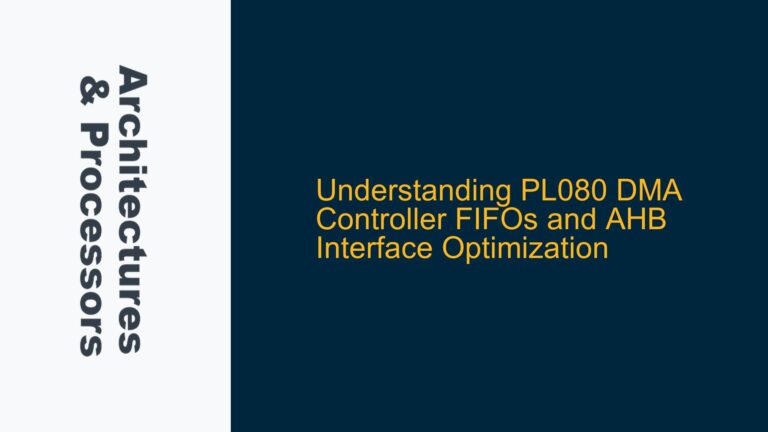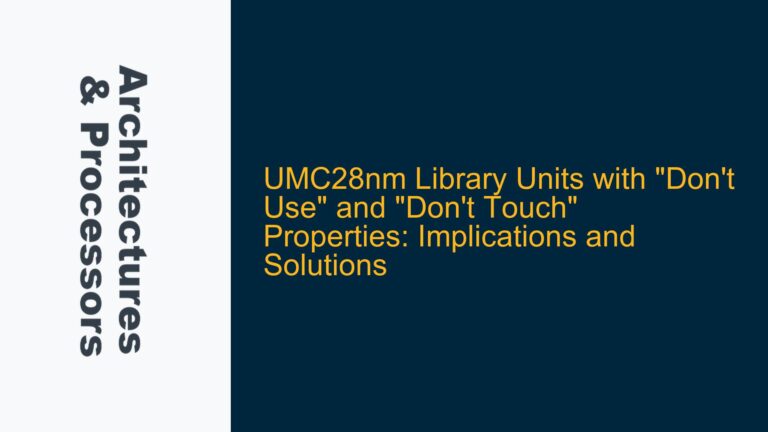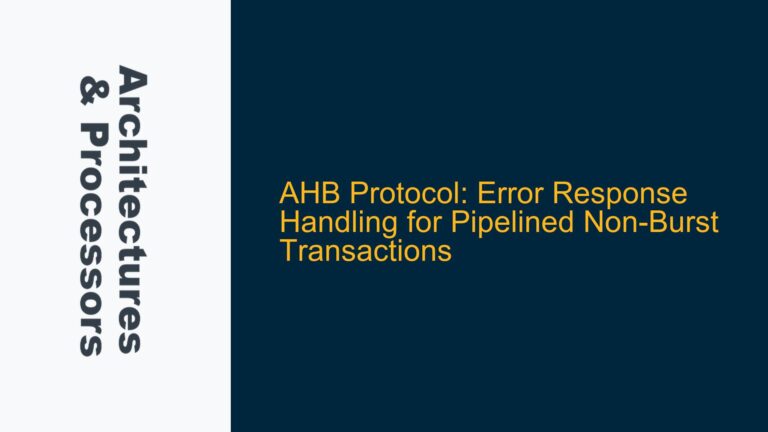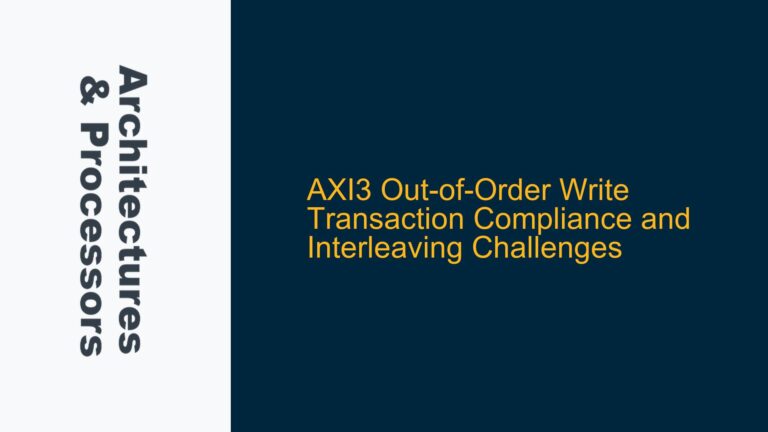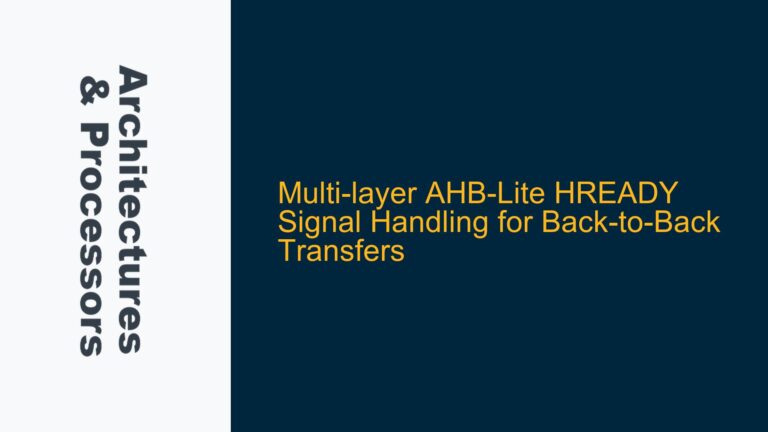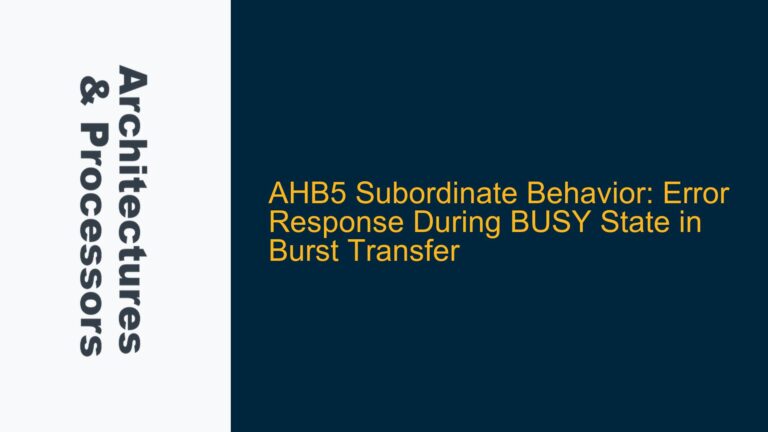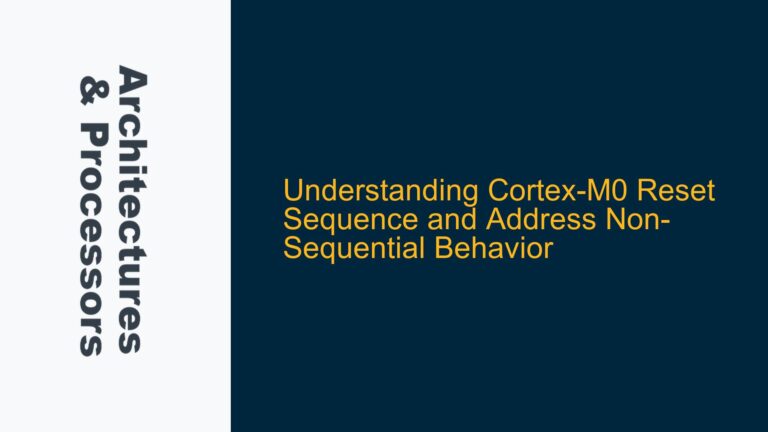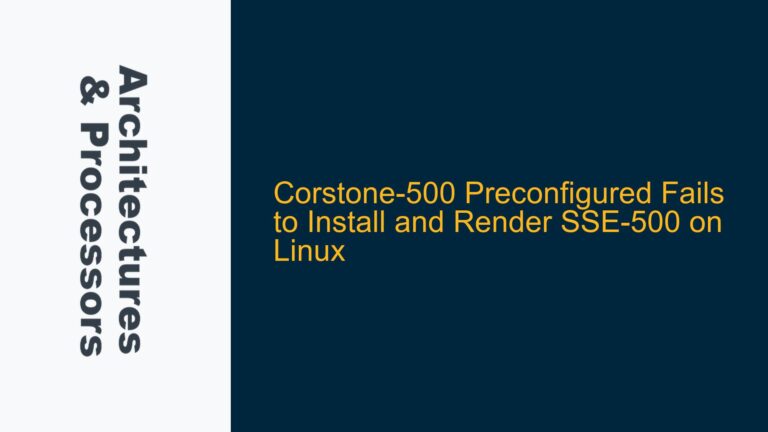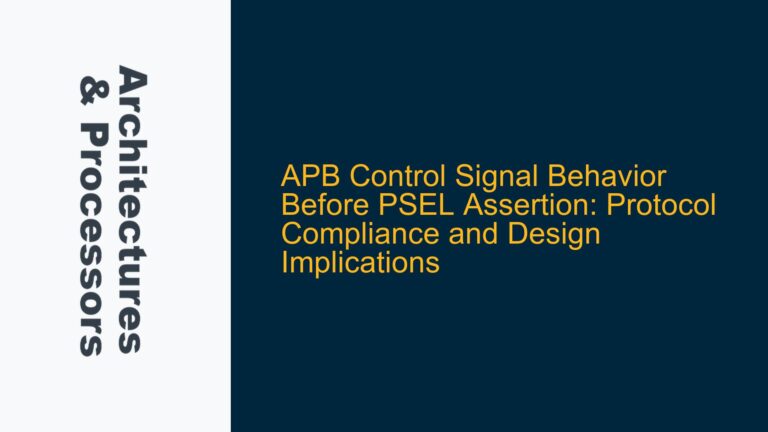AXI4 WSTRB Behavior and Valid Byte Lane Management in 128-bit Data Transfers
AXI4 WSTRB Signal Interpretation and Use Case Analysis The AXI4 protocol defines the WSTRB signal as a critical component for managing valid byte lanes during write transactions. The WSTRB signal is a bitmask that indicates which byte lanes of the WDATA bus contain valid data. For a 128-bit WDATA bus, the WSTRB signal is 16…
